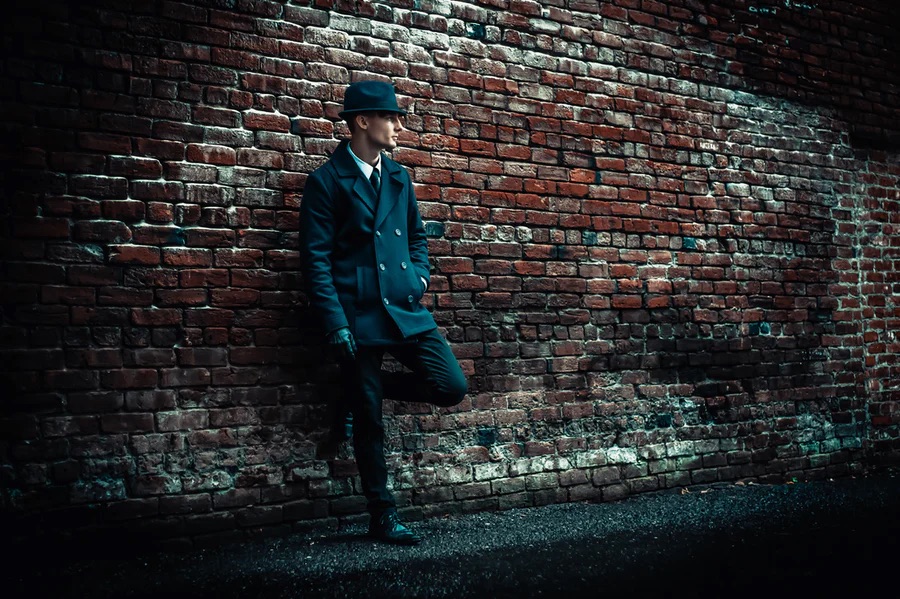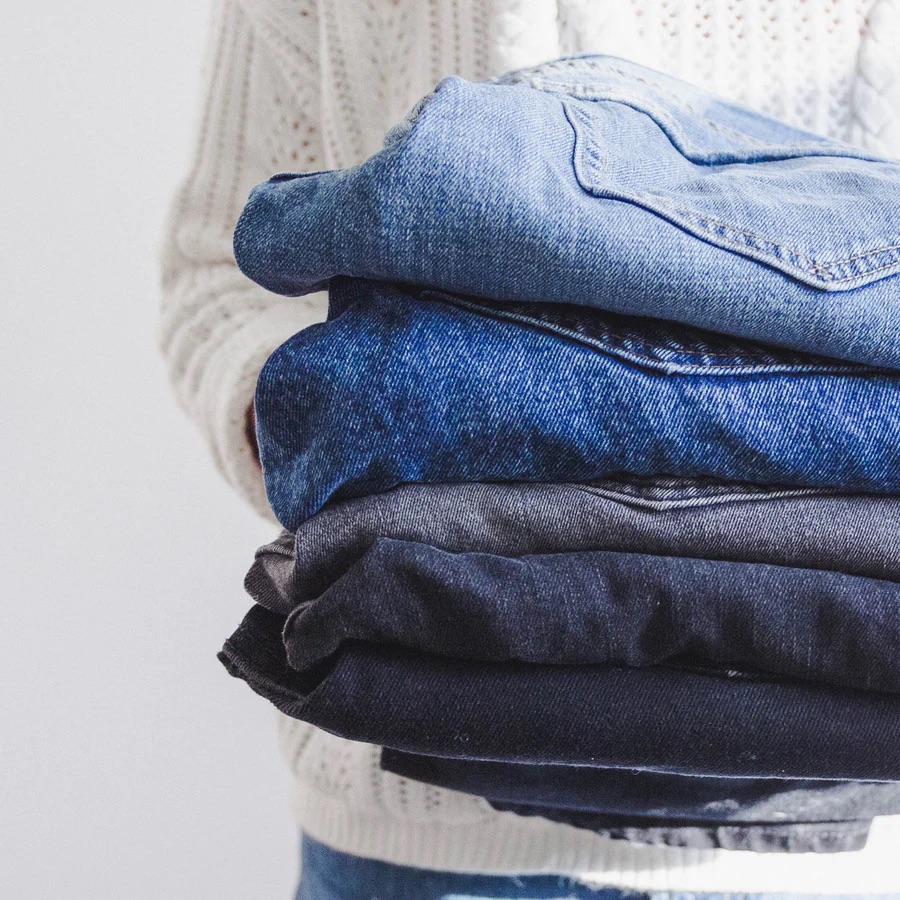株式会社インテージによる調査では、日本・中国・タイ・ベトナムのアジア四か国において、共通して『男性らしい』色は黒・紺・グレーといった暗色が中心であるという結果が出ました。
さらに、日本においては青みを帯びた暗色が『男性らしい』とされるという結果が出たようです。そして興味深いことに、タイにおいては5位に赤色が含まれていました。
ここからは、私の考察ですが、日本で青みがかった色が男性らしいとされるのは、男子トイレの表示が青で、女性が赤であるというイメージが強いのではないかと思いました。
確かに日本の小学生の多くが背負う「ランドセル」は昔から男子は青や黒、女子はピンクや赤の印象があります。
そこで、タイの男女におけるトイレ表記の違いなどを調べたところ、男性が赤の表記を示すということはありませんでした。
しかし、私が以前通販サイトでタイのブランドに注目していた時期があり、その頃の印象を思い返すと、男女関係なく、原色かつ明るい色を多く取り込んだデザインが多い印象でした。また、タイ政府観光庁の紹介では、生まれた曜日の仏像と色があり、その色の服を着る人も多いようです。
曜日の色は赤・黄・青・緑など、原色が多く目立ちました。
このような文化的な面から、男性らしい色の認識の違いがあるのではないかと感じました。
株式会社インテージによる調査はこちら
タイ政府観光庁の紹介はこちら
According to a survey by INTAGE Inc., in the four Asian countries of Japan, China, Thailand and Vietnam, the common “masculine” colors were mainly dark colors such as black, navy blue and gray.
Furthermore, in Japan, it seems that the dark bluish color is said to be “masculine”.
And interestingly, red color was in 5th place in Thailand.
From here, my consideration was that the bluish color in Japan was considered to be masculine because the men’s toilet indication was blue and the woman’s one was red.
Certainly, the “school bags” carried by many Japanese elementary school students have always had the impression of blue and black for boys and pink and red for girls.
So, when I investigated the difference in toilet indication between Thai men and women, men didn’t show the red indication.
But, when I was paying attention to Thai brands on online sites before, I got the impression that there were many designs which incorporated many primary colors and bright colors, regardless of gender.
Also, according to the introduction of the Tourism Authority of Thailand, there is a Buddha statue and color on the day of the week when it was born, and it seems that many people wear clothes of that color.
Many of the primary colors such as red, yellow, blue and green were conspicuous on the day of the week.
From such a cultural aspect, I felt that there might be a difference in masculine color recognition.



